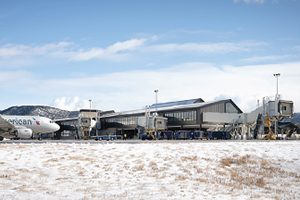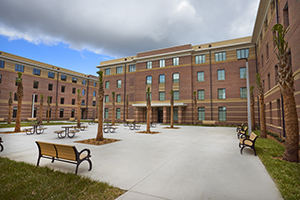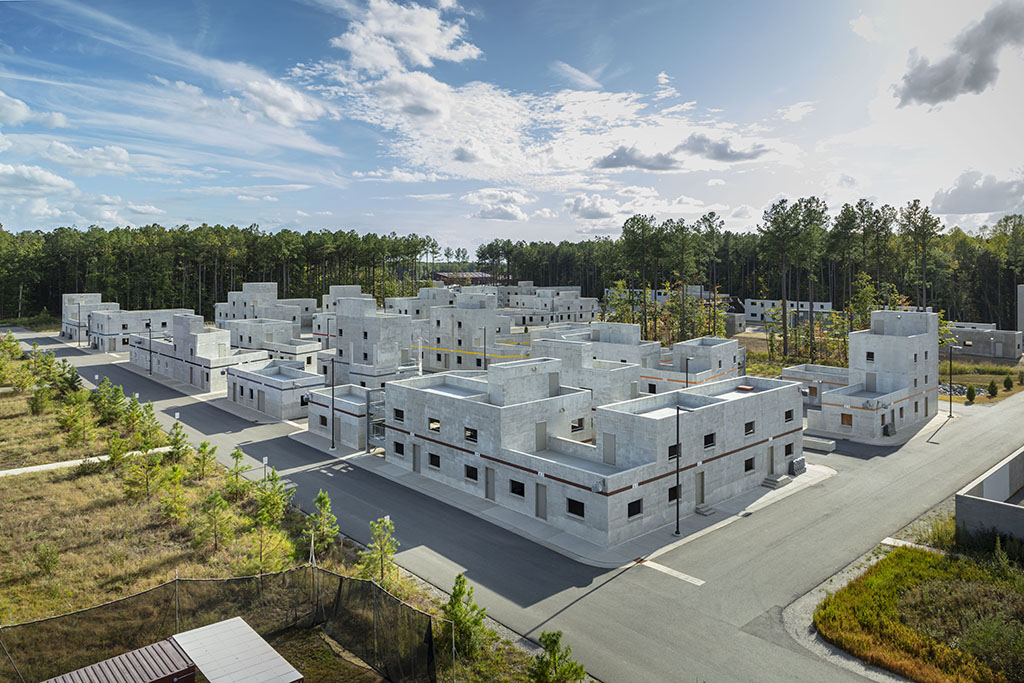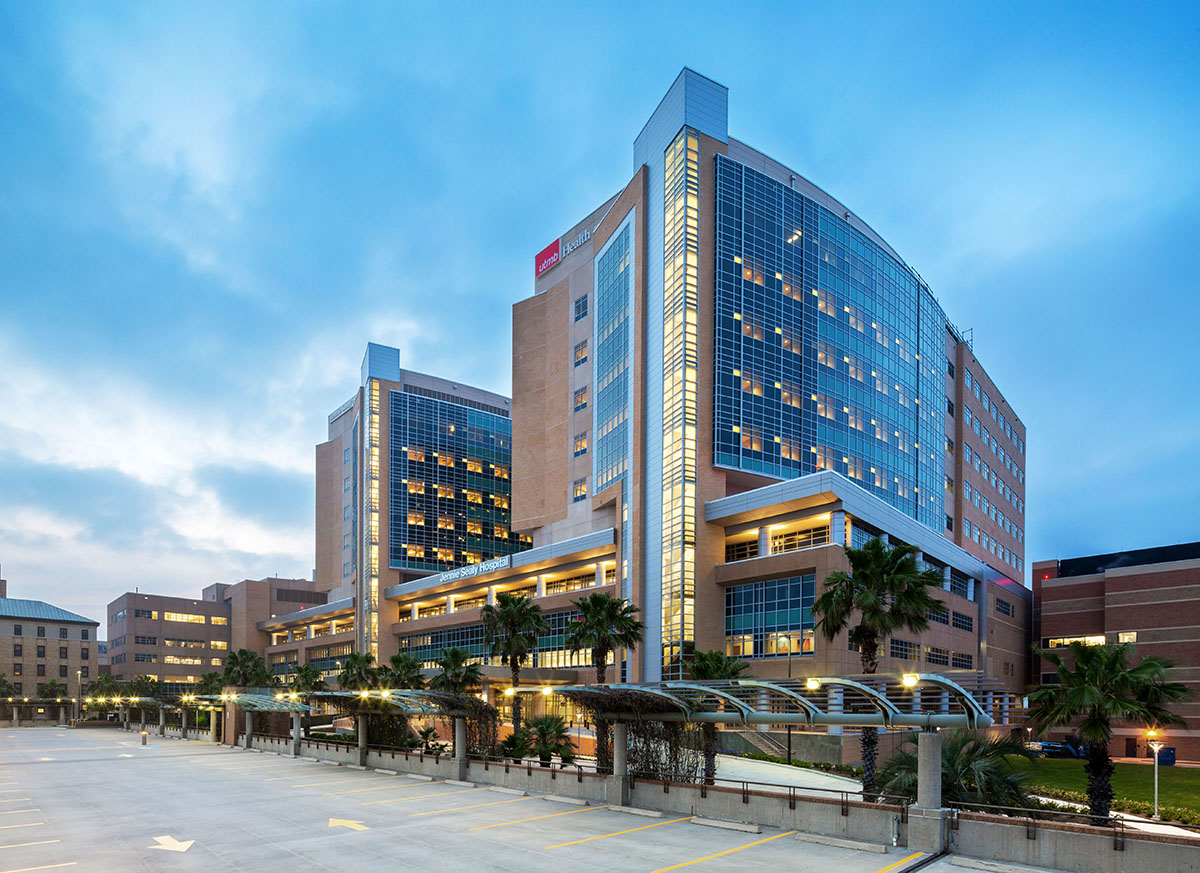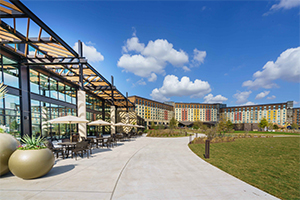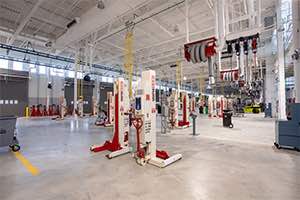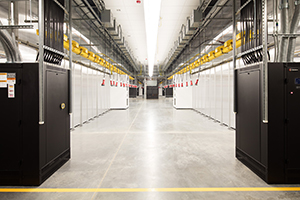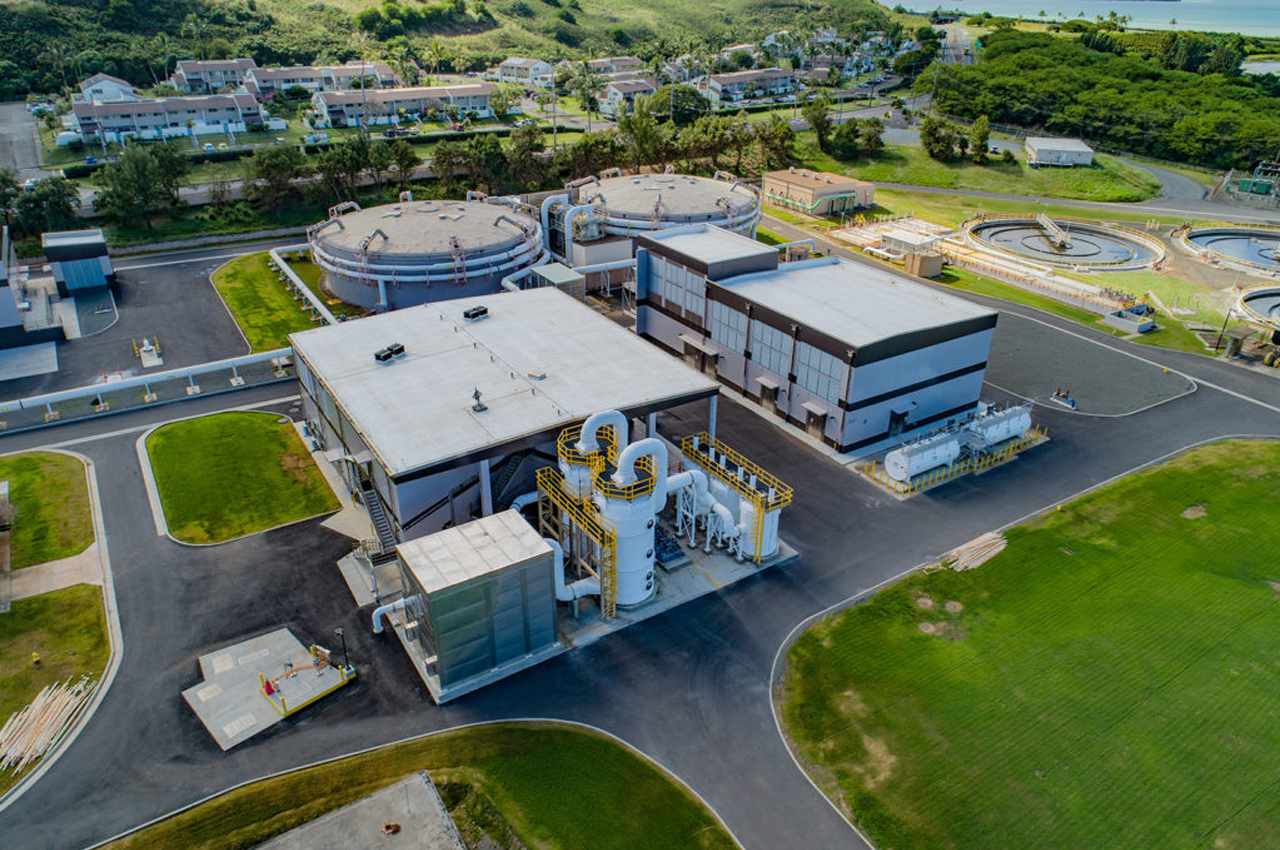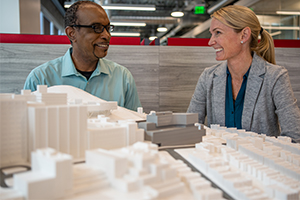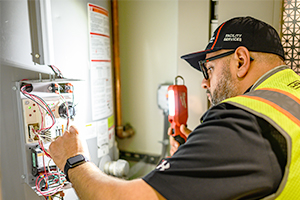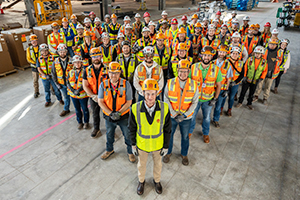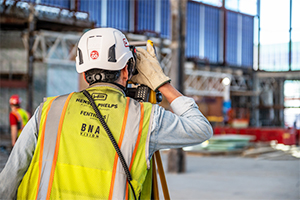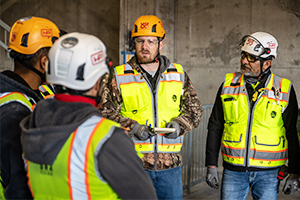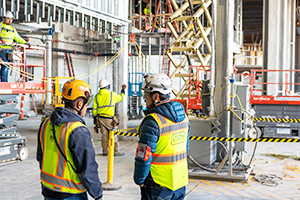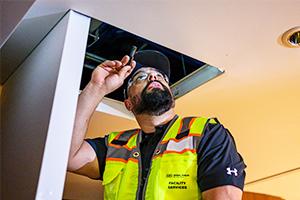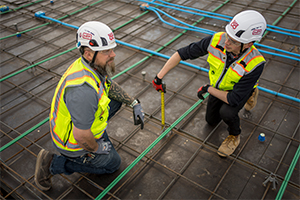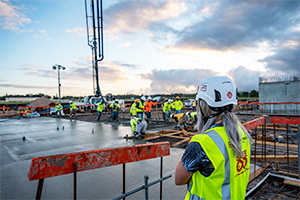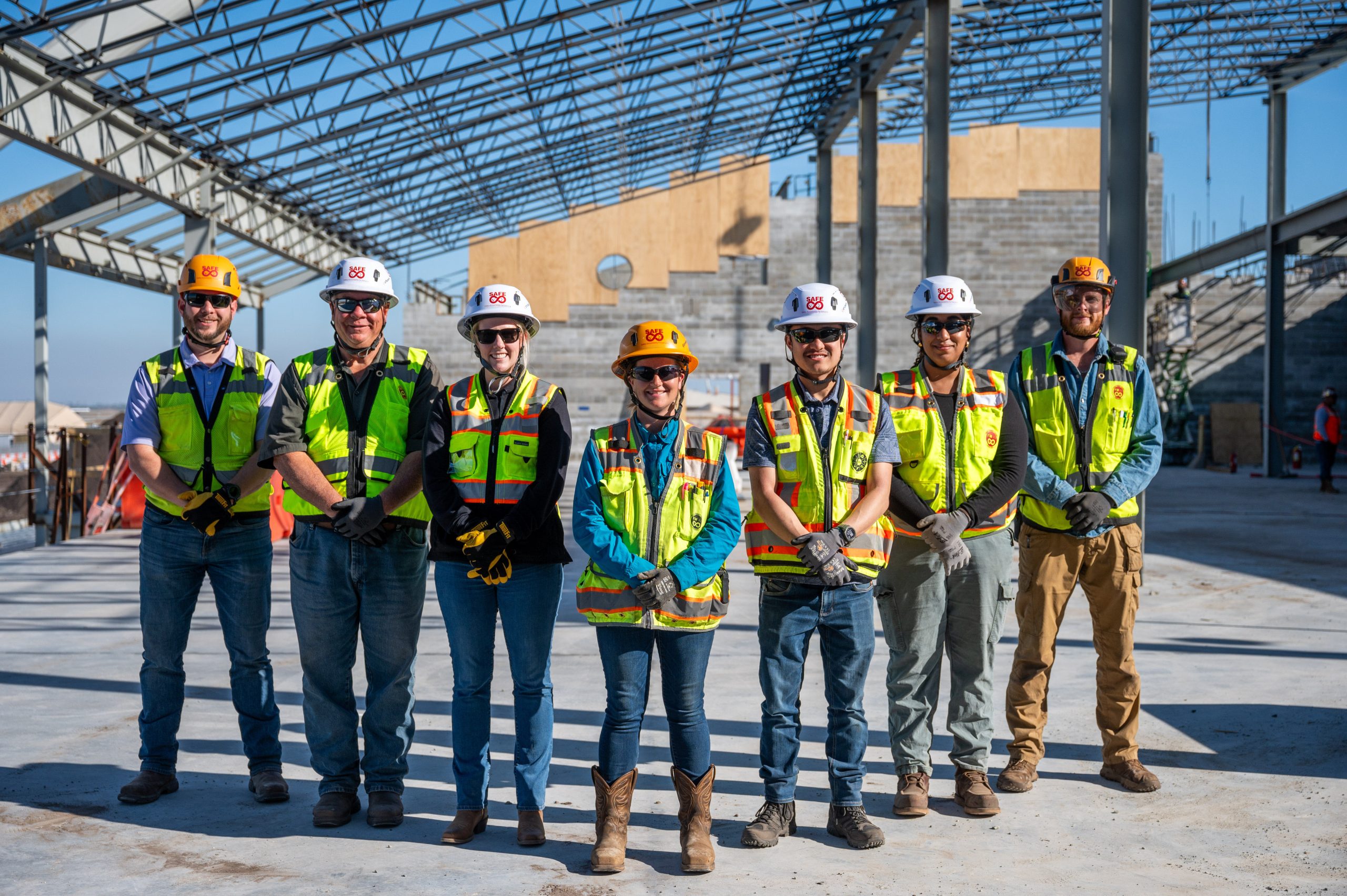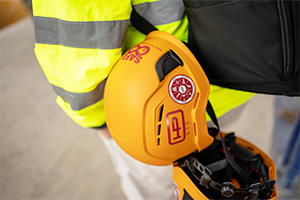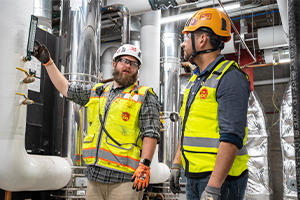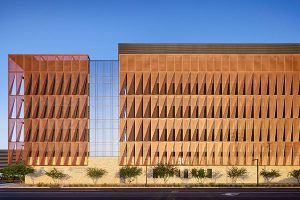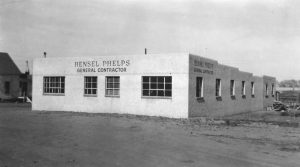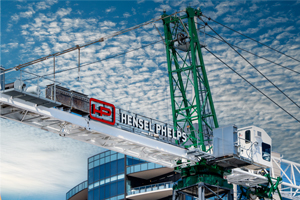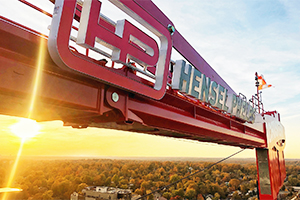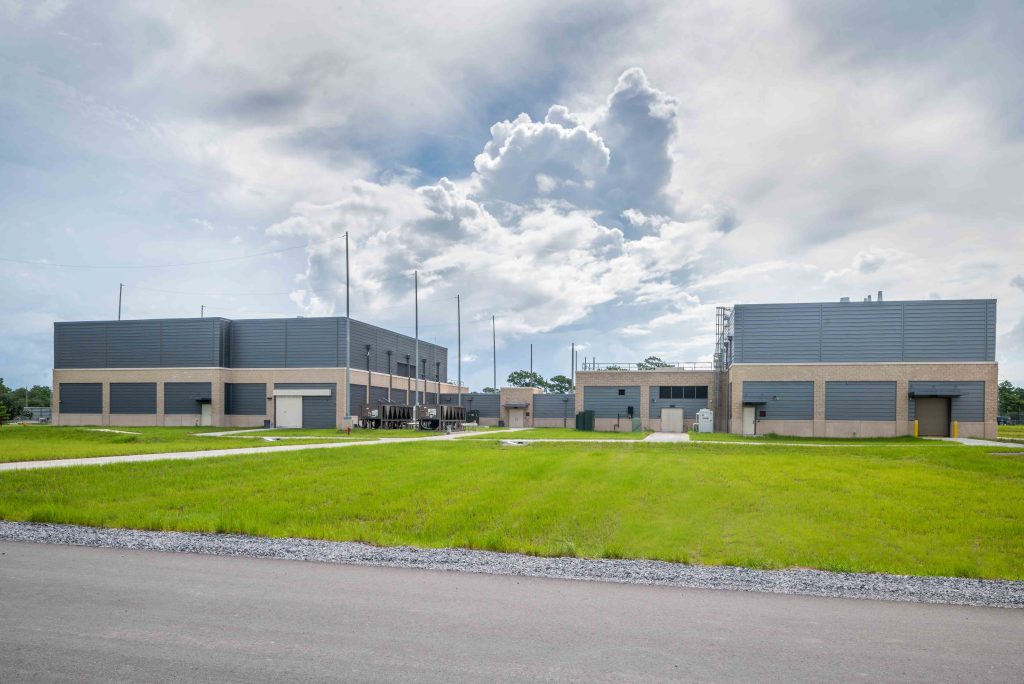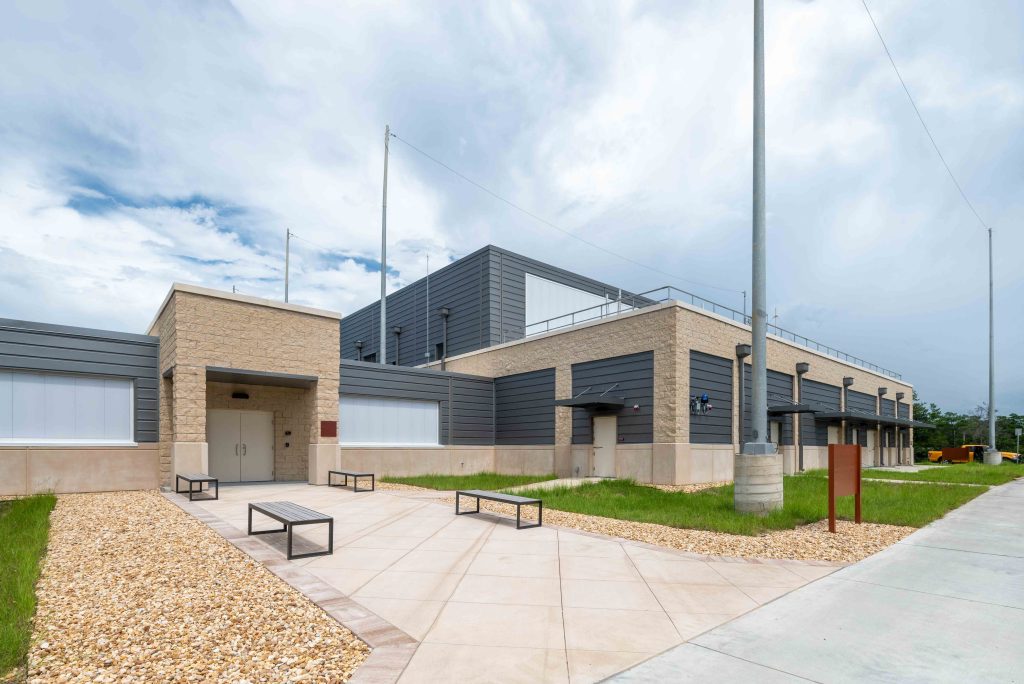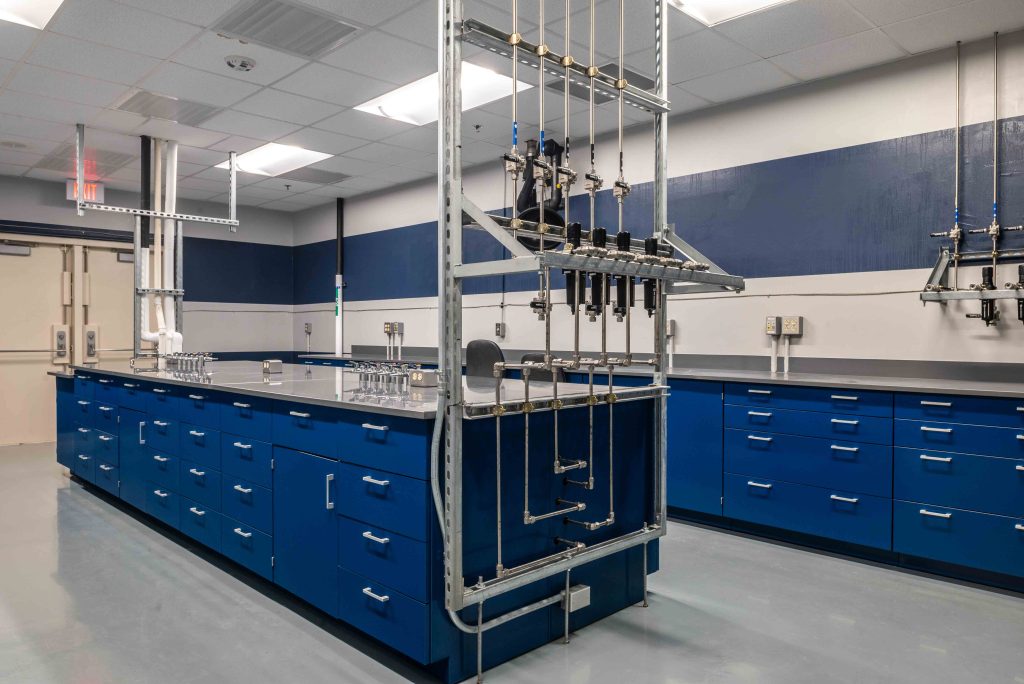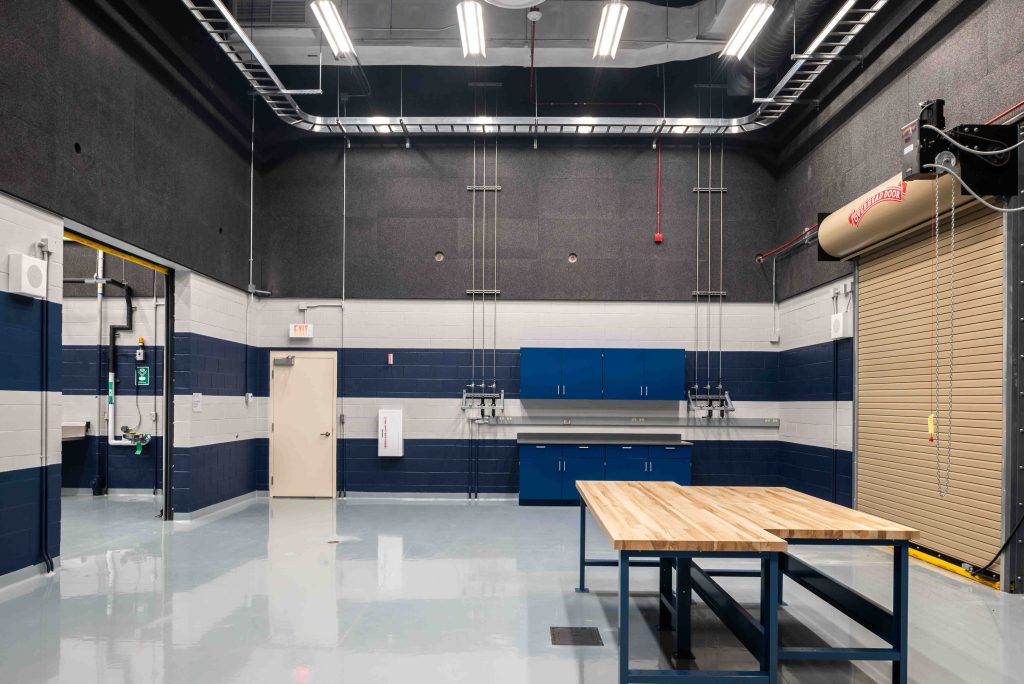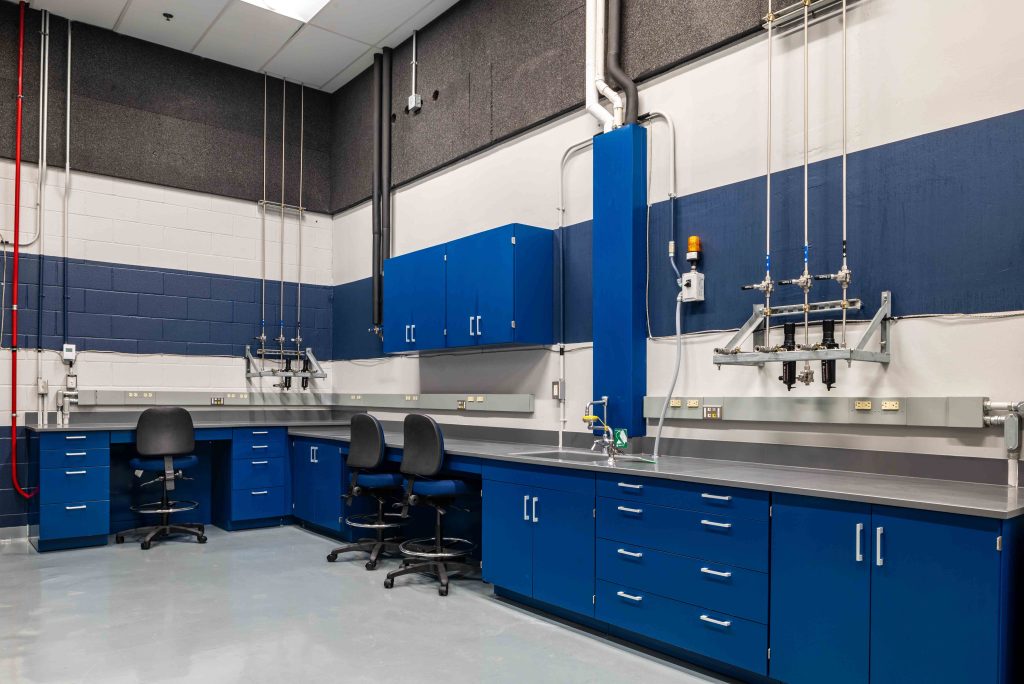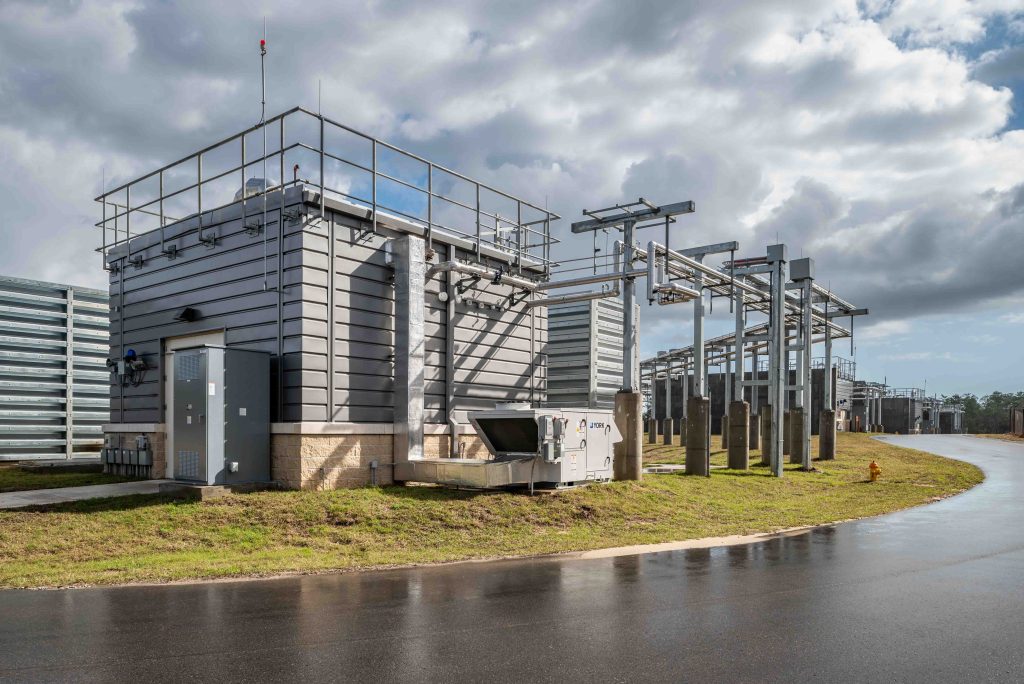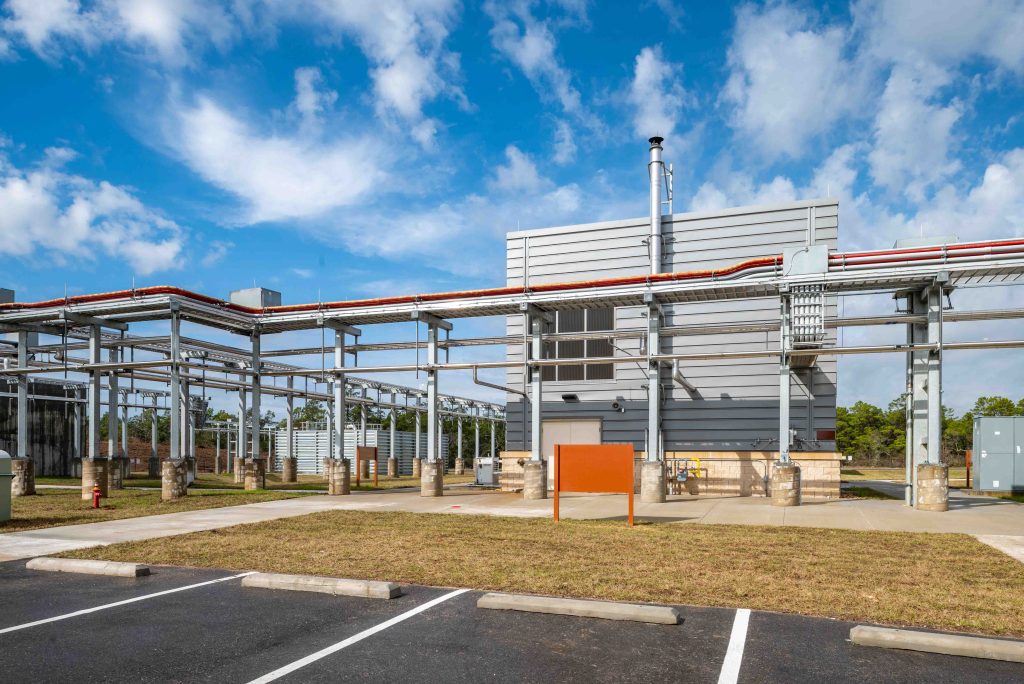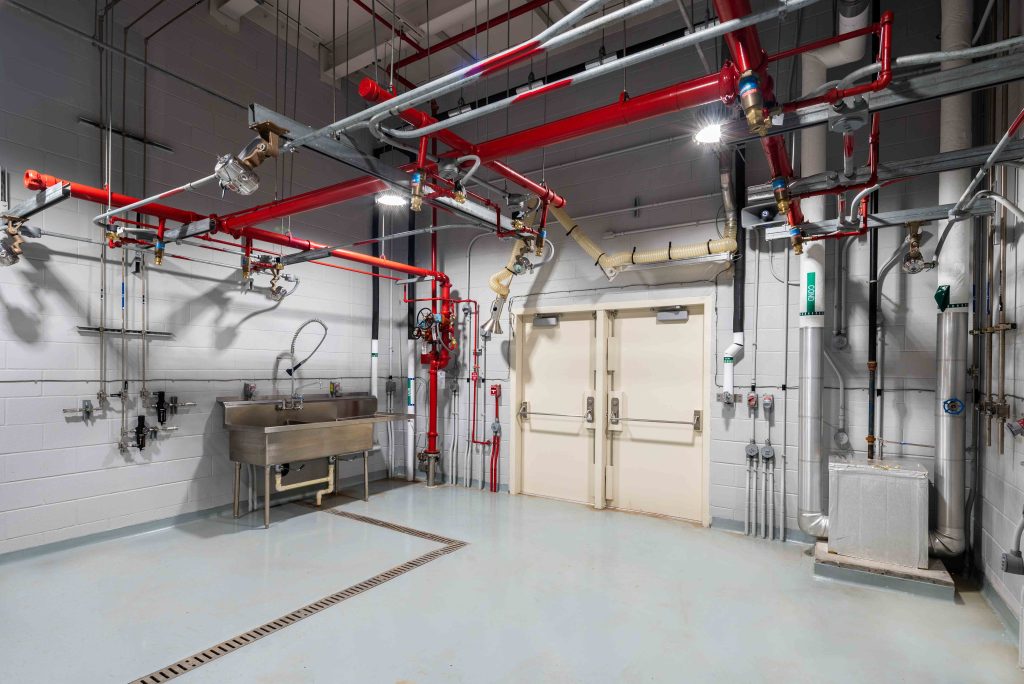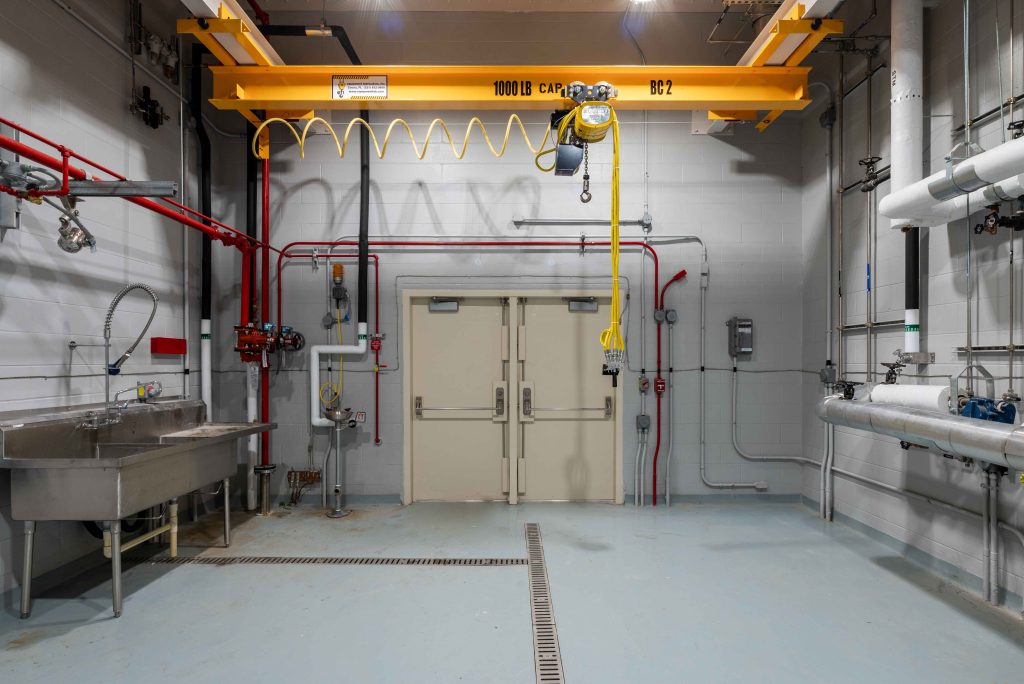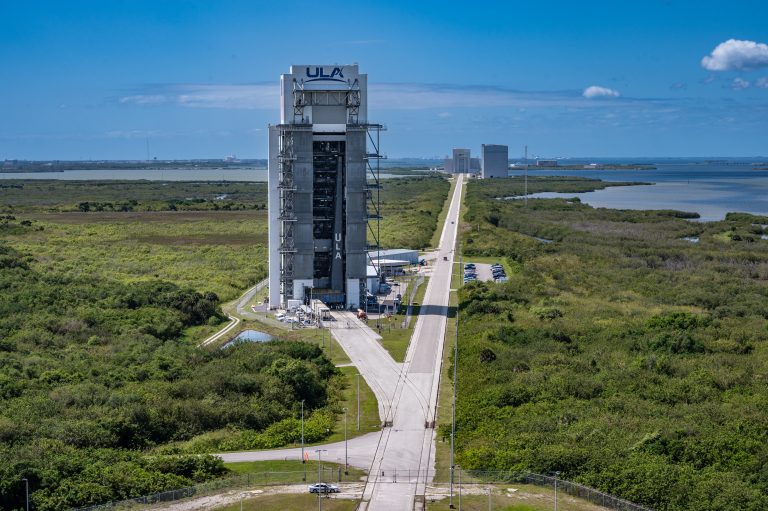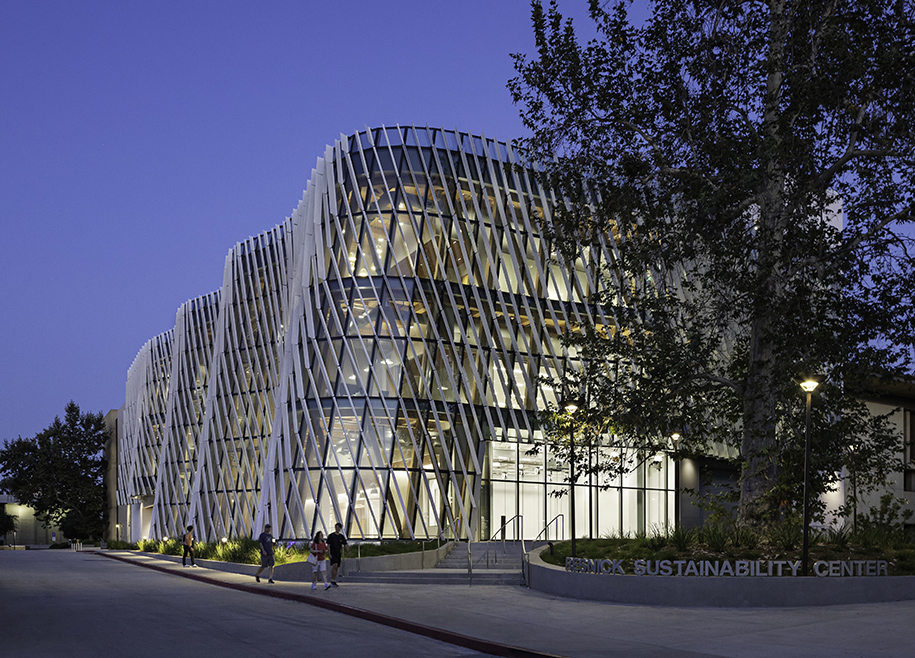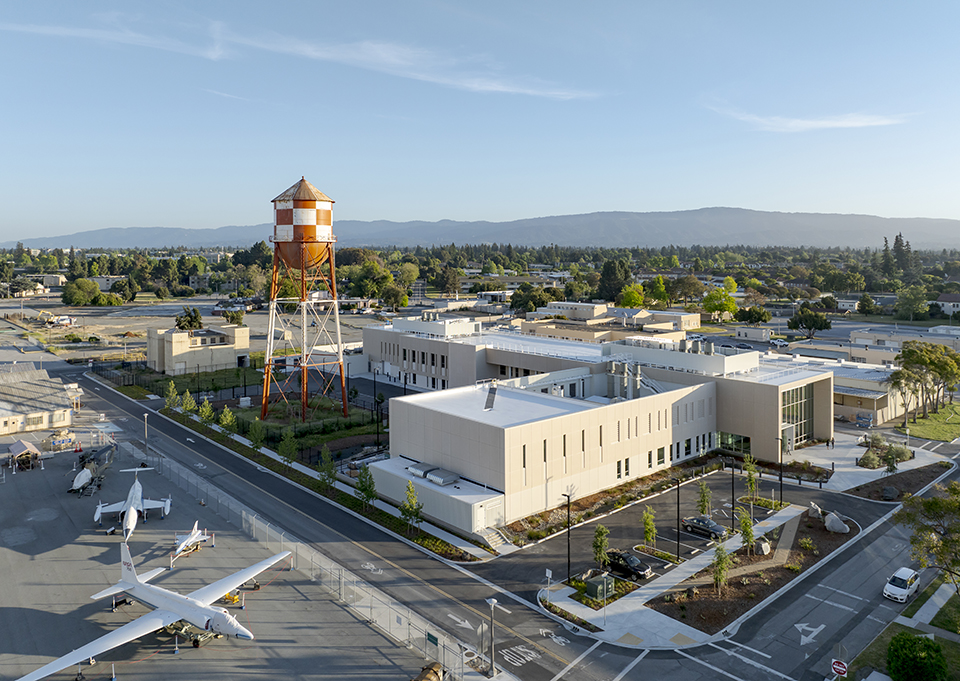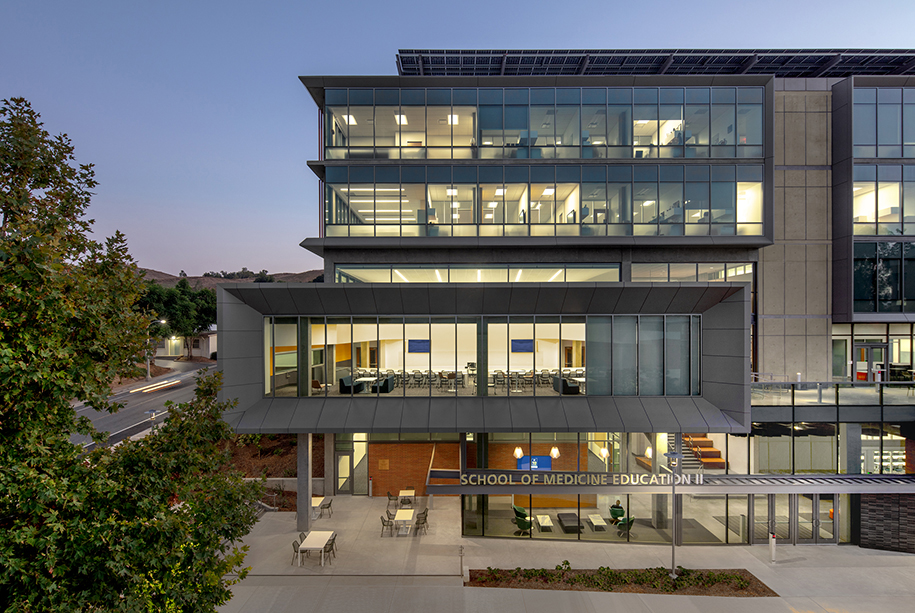Learn how Hensel Phelps delivers complex construction solutions across markets by visiting our Projects Page.
About the Project
The United States Army Corps of Engineers (USACE) awarded Hensel Phelps the Advanced Munitions Technology Complex (AMTC) Phase I project in March 2019 and AMTC Phase II in September 2020, marking another milestone in our long-standing partnership with USACE. Both projects contribute to the development of next-generation technologies and winning capabilities against security threats or technologically advanced adversaries at Eglin Air Force Base, FL.
AMTC Phase I:
AMTC Phase I, a $63 million, 66,000 SF facility, completed in June 2023, represents a significant step forward in the U.S. Air Force’s mission to develop next-generation munitions technologies. Designed and constructed to support the research, integration, rapid prototyping and fielding of advanced munitions, the AMTC Phase I project showcases Hensel Phelps’ commitment to delivering high-quality, innovative construction solutions for crucial defense infrastructure.
The AMTC Phase I project includes eight primary structures, each built to support nanoenergetic and explosive technology development. From the outset, the project demanded high technical precision and innovation. The design integrates advanced safety and security features, including explosives safety protocols, anti-terrorism force protection (AT/FP) and physical and life safety systems. To mitigate the effects of potential explosive events, the facility incorporates hardened reinforced concrete framing, steel fragment shields, and acoustic and vibration mitigation strategies to protect sensitive operations.
Given the blast-proof requirements, Hensel Phelps installed most electrical, fire alarm and communications infrastructure beneath the slab on grade. Blast doors—ranging from single swing to sliding—were engineered to withstand both intentional and accidental detonations, meeting rigorous standards for blast loading, response criteria, fragment shielding and sealing.
“The management team for Hensel Phelps also completed voluntary formal partnering with the Government on the contract. Hensel Phelps brought high-level management to this meeting to show their dedication to effective communication and achieving mutual goals for the project with the government. The session set the foundations for the initial stages of construction and a successful partnership between the government and Hensel Phelps.”
Kelli Williams | Resident Engineer | Pulled from Interim CPARS
Throughout the project, Hensel Phelps maintained close coordination with the USACE, trade partners and the Air Force Research Laboratory. Regular design reviews and coordination meetings ensured that all project requirements were met—and often exceeded. The successful completion of AMTC Phase I highlights Hensel Phelps’ ability to deliver mission critical infrastructure with precision, safety and collaboration.
AMTC Phase II:
AMTC Phase II, a $20 million, 4,040 SF project, completed in July 2023, supports the Air Force Civil Engineer Center’s mission to develop next-generation munitions technologies that strengthen national defense and outpace evolving global threats.
This project focused on the construction of the Complex for Agile Processing of Energetics, Advanced Processing (CAPE), located within the High Explosives Research and Development (HERD) sector of the base. The new facility includes nine highly specialized bunkers designed for the remote production of munitions, all operated from a centralized control room in the staging building. Though each bunker measures just 440 SF, the project’s technical complexity demanded precision, innovation and close coordination.
Several unique scopes defined this project. All flooring systems were engineered to be spark-proof and non-conductive, ensuring safety in high-risk environments. Each bunker features a dual fire protection system—combining a standard wet pipe system with an Ultra High-Speed Deluge (UHSD) system—to provide rapid response capabilities. Additionally, cast-in-place blast walls and bin walls were constructed around each structure to contain and mitigate the effects of potential explosions.
The successful delivery of AMTC Phase II builds on the momentum of AMTC Phase I and sets the stage for the recently awarded AMTC Phase III.



